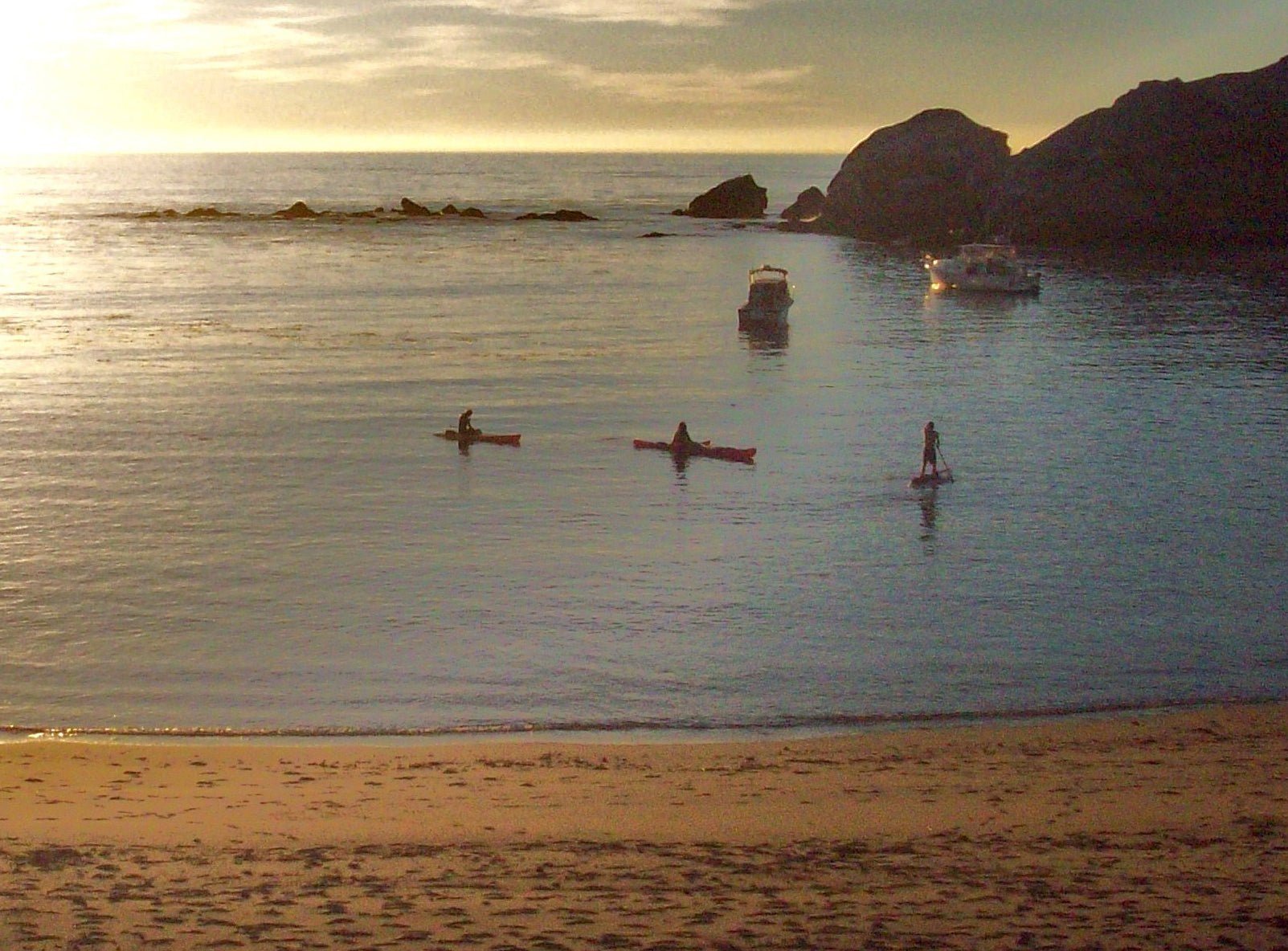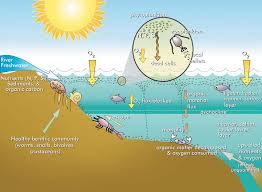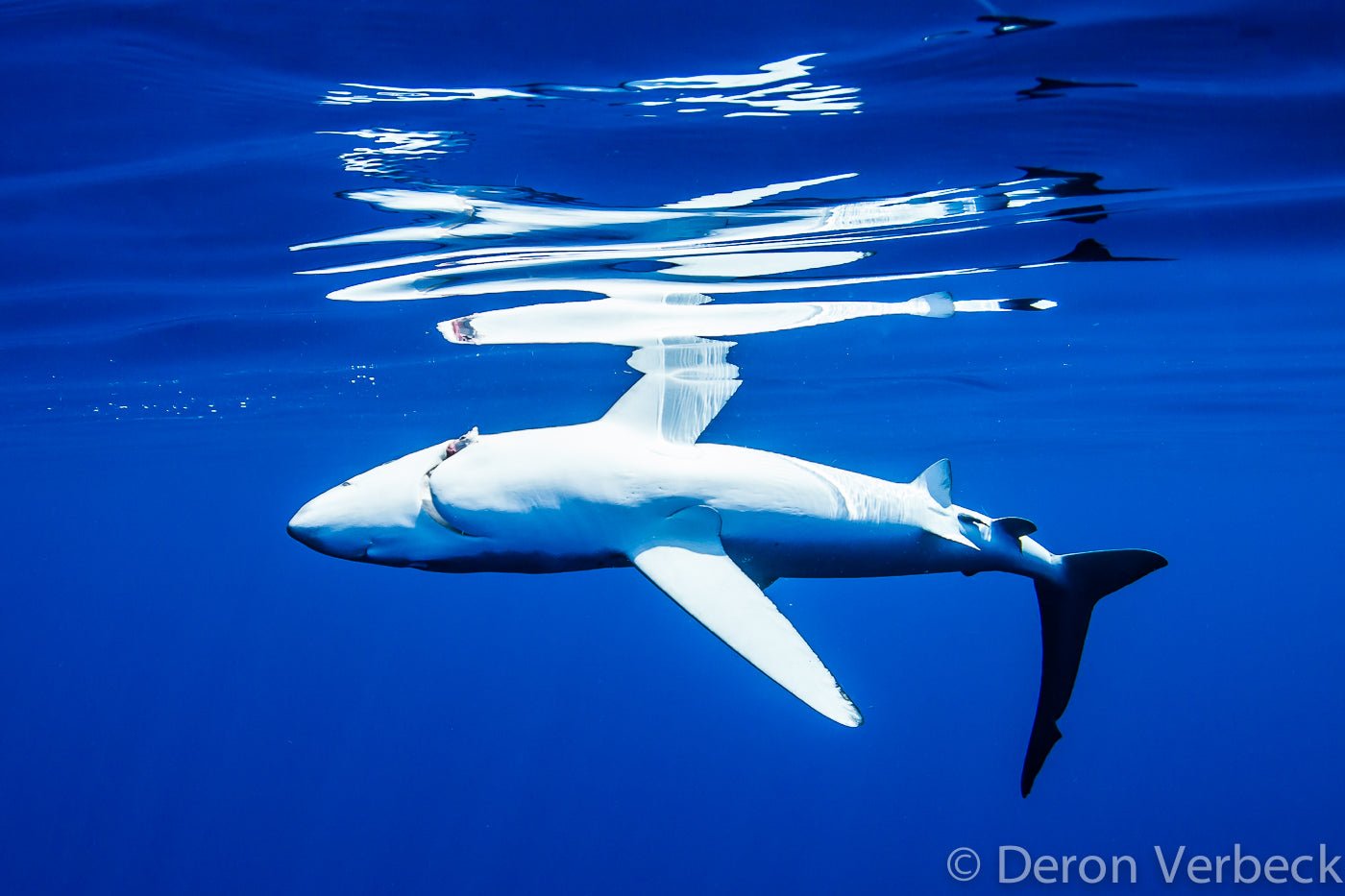
The 7 Biggest Threats to Our Oceans: Threat #1 Overfishing

Anyone who has seen it knows, that the ocean is incredible, and to describe it as just that would do it no justice. It’s vast, pure, and truly captivating. It is home to millions of diverse species, and it feels like home to watermen and women like me.
To us, the ocean is precious and sacred. Because of this perspective, it was hard for me to see the dark realities of what our oceans have become. Humans have betrayed the ocean and all its majesty. We have taken the biggest resource for life on Earth, and made it our biggest dumping ground. So much has been greedily taken from it, yet we have given little in return.
The depletion of this complex ecosystem has caused the ocean to become a bit sea sick.
The good news is the tides are turning. Word is spreading and by cultivating awareness of these major problems, we can become part of the solution. I’ll be discussing seven of the biggest threats to our oceans in a seven part series, along with ways in which we can all help bring it back to the “PuraKai” that it should be.
"No one can do everything, but everyone can do something" unknown
Threat #1: Overfishing

Living on the coast and on an island, overfishing is a term I would hear often. It wasn’t until researching for this series that I actually took the time to understand what it really was, and the impact it was having on the ocean. Basically, the population of many fish species today is scarce compared to the population of these species from a few decades ago.
In just the last 55 years, humans have managed to wipe out close to 90% of the oceans top predators from sharks and swordfish to Bluefin tuna and Marlin. There is a worldwide demand for seafood for both human livelihood and economic sustainability. Many societies, especially those in pacific coastal regions, rely on commercial and artisanal fishing for daily survival.
However, with a growing population, the needs and demands are outstripping the supply. The result of this being displacement of fishing activity, habitat destruction, insecure food supply, and a major impact within marine ecosystems.
The disappearance of these most valuable and sought after fish has caused the whole marine food chain to be thrown off. Studies have found an overabundance of “shark food” such as sea rays, because their predators are few and far between. These rays then wreak havoc on the species that sit below them on the food chain.
The depletion of these lower ranked herbivores then causes an abundance of seaweed and uncontrolled algae growth. These uncontrolled plant species then smother coral reefs and other bottom dwelling organisms, further reducing biodiversity and productivity.
Modern fishing vessels and technology are another issue. To be efficient, fishing ships have turned to technology to help them reap heaps from the sea. Advanced fish finding sonar can find fish with military precision. Once the fish are harvested by the thousands, ships act as floating factories, packaging and preserving the fish.

Much of commercial fishing is done by unsustainable practices. Fishing nets catch far more than intended. Turtles, dolphins, sharks, seals and sea birds frequently get caught in fishing lines or pulled up by nets, then tossed back to sea, often dead or dying.
In the 1990’s, a huge boycott led to the “Tuna Safe” label on tuna cans, which implies that the nets used to catch the tuna, were designed with holes to let the dolphins escape. However, this did little to enforce sustainable or responsible practices, and the problem is still on going.
Bottom trawling for deep sea fish is also a devastating process in which ships drag huge, heavy nets, weighing several tons, over the ocean floor. In the process, they destroy everything within their paths, including sea coral, sponges, and sensitive seafloor life.
Solution #1:
So, what can you do to help restore the life to our seas? Choose and consume wisely. Living on an island, I come from a large family of fishermen. And while we do enjoy the gift of fresh fish for dinner frequently, we never take more than we need, and we are always give thanks for what we do take from the ocean to feed our family.
However, as I have illustrated, there are some big fisheries out there that irresponsibly goabout business with only profit in mind. It is important as consumers, that we educate ourselves and that we are aware of the source of the fish we put on our plates.
Seafoodwatch.org is a great resource for new and updated seafood recommendations, as well as information about making better seafood choices. When eating out, support local business that supply sustainably caught seafood. By choosing wisely, we can help sustain wild, diverse and healthy ocean ecosystems that will exist long into the future.




Leave a comment
This site is protected by reCAPTCHA and the Google Privacy Policy and Terms of Service apply.